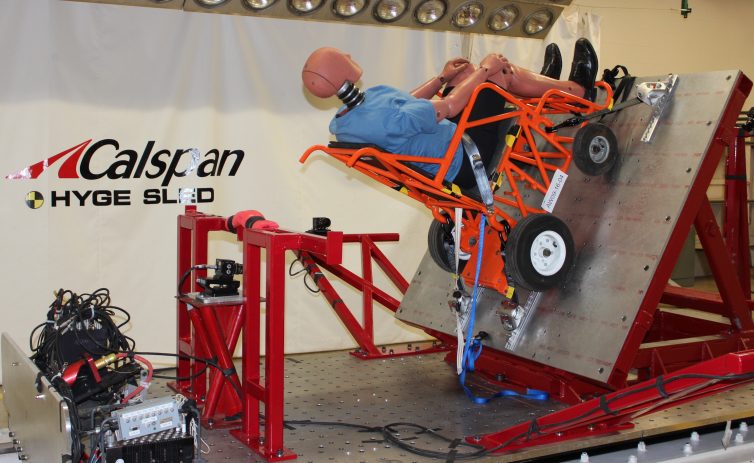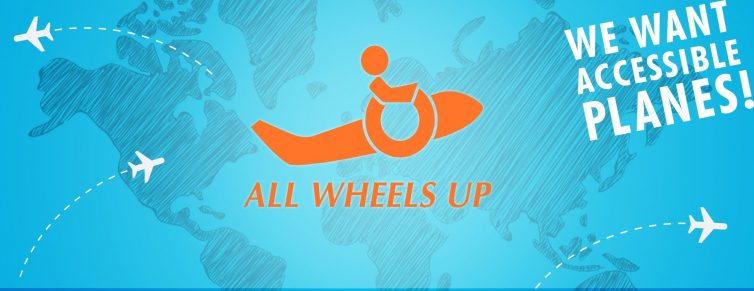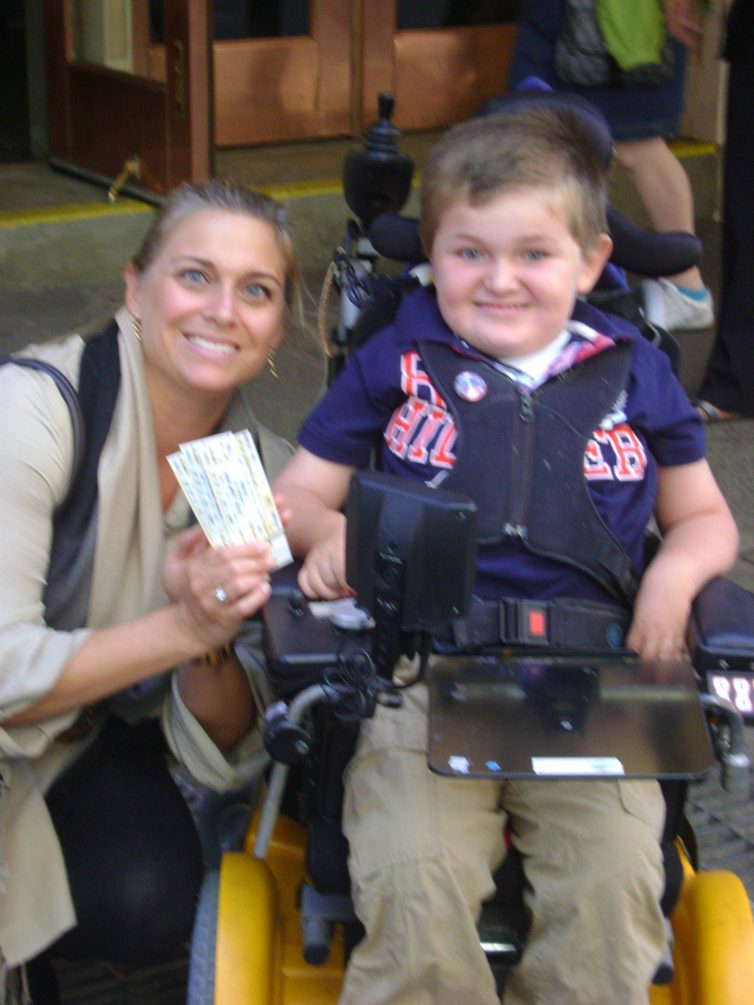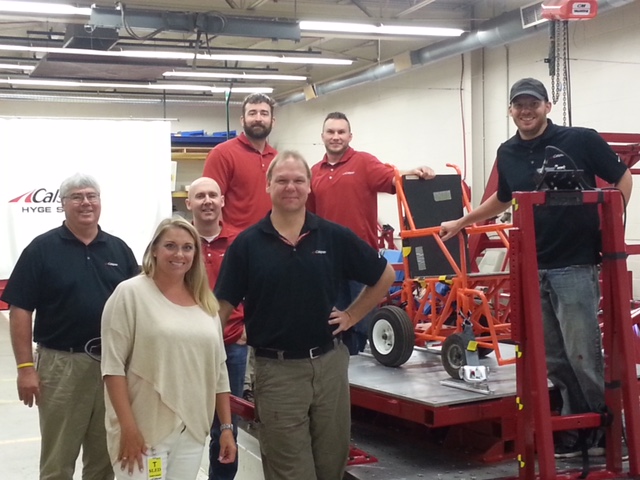I am writing this article on my way to the MDA (Muscular Dystrophy Association) Policy and Advocacy Conference in Washington, D.C. to discuss Accessible Air Travel with other advocates and Southwest Airlines. All Wheels Up has come a long way from our first grassroots efforts in 2011. If I was asked when we started if All Wheels Up would we be invited by the MDA to come join their advocacy efforts for Accessible Airplane Travel, I would have never believed it. Today we are working in informal coalitions with the Muscular Dystrophy Association, Paralyzed Veterans of America, United Spinal Association, and Easter Seals who have all taken on Accessible Travel as a platform in recent years.
In 2011, All Wheels Up came about because of one trip my family took to Chicago on an airplane. Simple for most families, but my son uses a wheelchair. What should have been an easy trip quickly became a struggle to get a severely physically disabled child into an airplane seat safely. As other families stared at us, I could only think how much safer it would be if he could just travel in his wheelchair.
My son’s $30,000 customized electric wheelchair has a safety harness, side laterals, gel cushion, and other support features for his safety, but now I was putting him into an airplane seat with none of those supports. Our family’s story of how difficult it is to travel is not a new story for anyone who uses a wheelchair. I knew that if I wanted my son or anyone who uses a wheelchair and has a severe physical disability to fly safely and with dignity, something needed to be done. I started doing research and realized no organization was doing research on Accessible Air Travel. I then started All Wheels Up to initially advocate for Accessible Travel. Our organization is now investing in researching and testing wheelchair tie-down systems for commercial and private flight.
At first, we started a dialog with the FAA and their director of R&D. While they were receptive to the idea, they could not receive the funding required for this type of project. The FAA gave me two options for getting the funding raised: lobby congress, or petition the airlines to lobby congress. Both seemed incredibly daunting. In 2010, I was just a mom with an idea. Instead of trying to move mountains, I thought how can we do this on our own? All Wheels Up started researching and working towards funding the very first crash test of wheelchair tie-down systems on our own. All I needed to do was prove Accessible Air Travel was possible and take my findings to congress.
%CODE1%
Since we created All Wheels Up, we have merged with the group Accessible Planes organized by Alan Chaulet, who has DMD and uses an electric wheelchair. Together, AWU has grown to become an internationally-recognized organization working with other groups in the UK, Netherlands, Canada, and Australia.
In September 2016, we conducted the first crash test of wheelchair tie-downs. We are now working with universities and engineers to help write a paper documenting our results.
All Wheels Up has become a labor of love and determination not just for me, but for our board members and volunteers, some who also use wheelchairs and have the desire to see the future for truly accessible air travel. Others, who do not use a wheelchair, have found a passion for what we are doing because they have learned how much of an issue being unable to fly can be for people who use wheelchairs and their families.
If you use a wheelchair, you deal with inaccessible places every day. No other issue is discussed more fiercely in the disability community than the lack of accessibility on airplanes. We could take the time to go into the politics of it all or give you the horrible stories of countless broken wheelchairs, missed trips from wheelchairs not reaching their destinations, or wheelchairs now needing repairs to enjoy a vacation abroad. Even worse are the stories of broken bones from passengers who have been dropped by airport agents because transferring out of a wheelchair to travel into an airplane seat is completely unsafe.
On the other side of these stories are those of the airport agent who has been put on disability for six months because they hurt their back lifting a 200 pound-plus man into a window seat because the FAA says quadriplegics prefer window seating so they can lean on the wall for support, despite no study or survey being conducted to prove this. All Wheels Up is setting out to bust some myths and put out some true research on Accessible Air Travel for the severely physically disabled.
We are now also taking on opening a new area of study at the university level globally. We are currently having discussions on white papers and research with Johns Hopkins University, the University of Michigan, the University of Illinois, and others.
The airlines are listening and All Wheels Up has been invited to the UK to present our project to Virgin Atlantic. In addition, during our trip to DC we are meeting with Southwest Airlines and have had a successful meeting with Delta. We are looking to the future and what accessible air travel can be in thirty years. In six short years, we have raised enough money to conduct the first-ever crash test of wheelchair tie-downs for commercial flight, and now we have secured meetings with three major airlines. The tide is turning and Accessible Air Travel will be the future.
You can learn more at AllWheelsUp.com, donate to their cause, and follow them on Twitter. This story was written by Michele Erwin, All Wheels Up Founder and President, for AirlineReporter.



